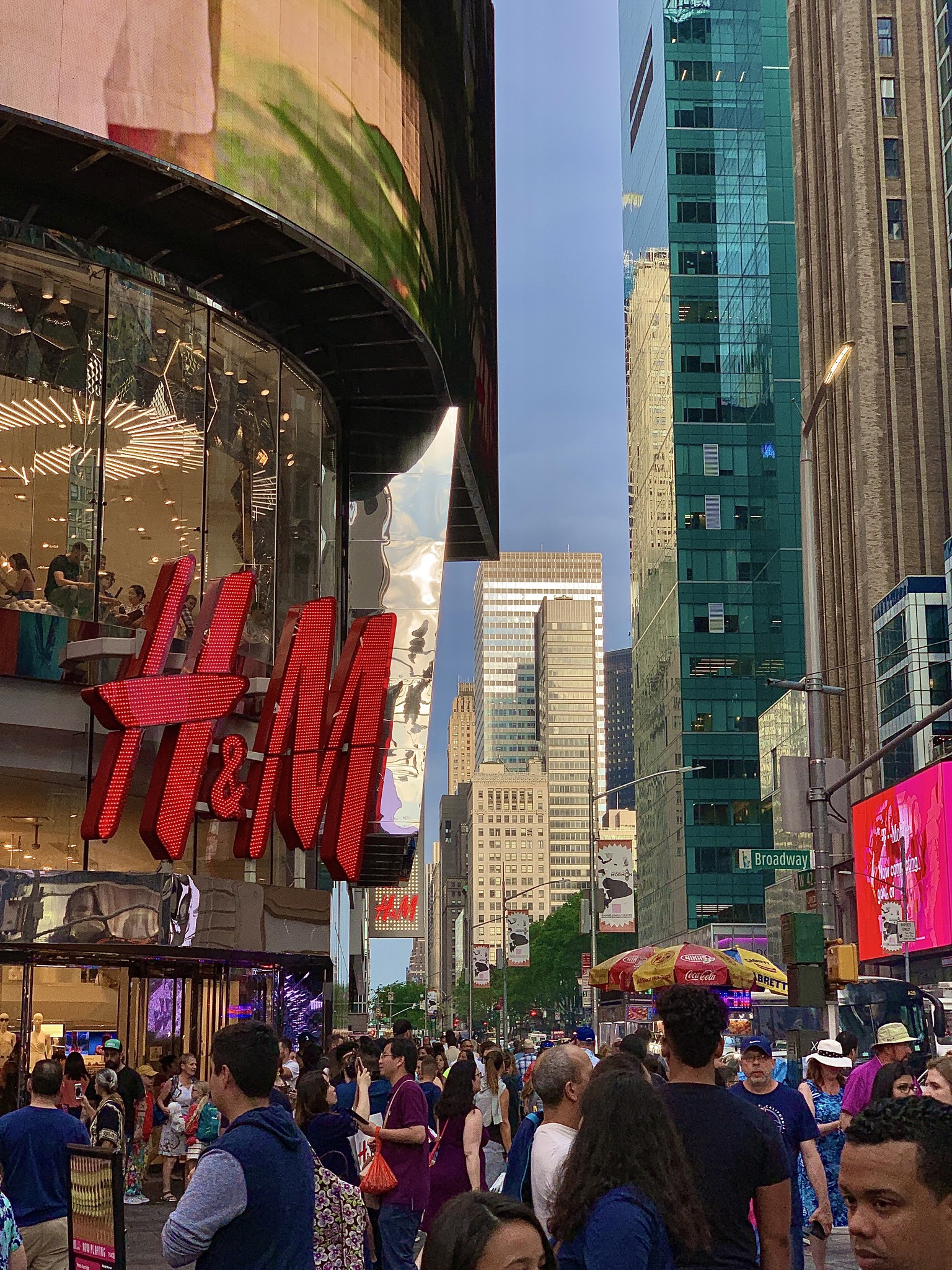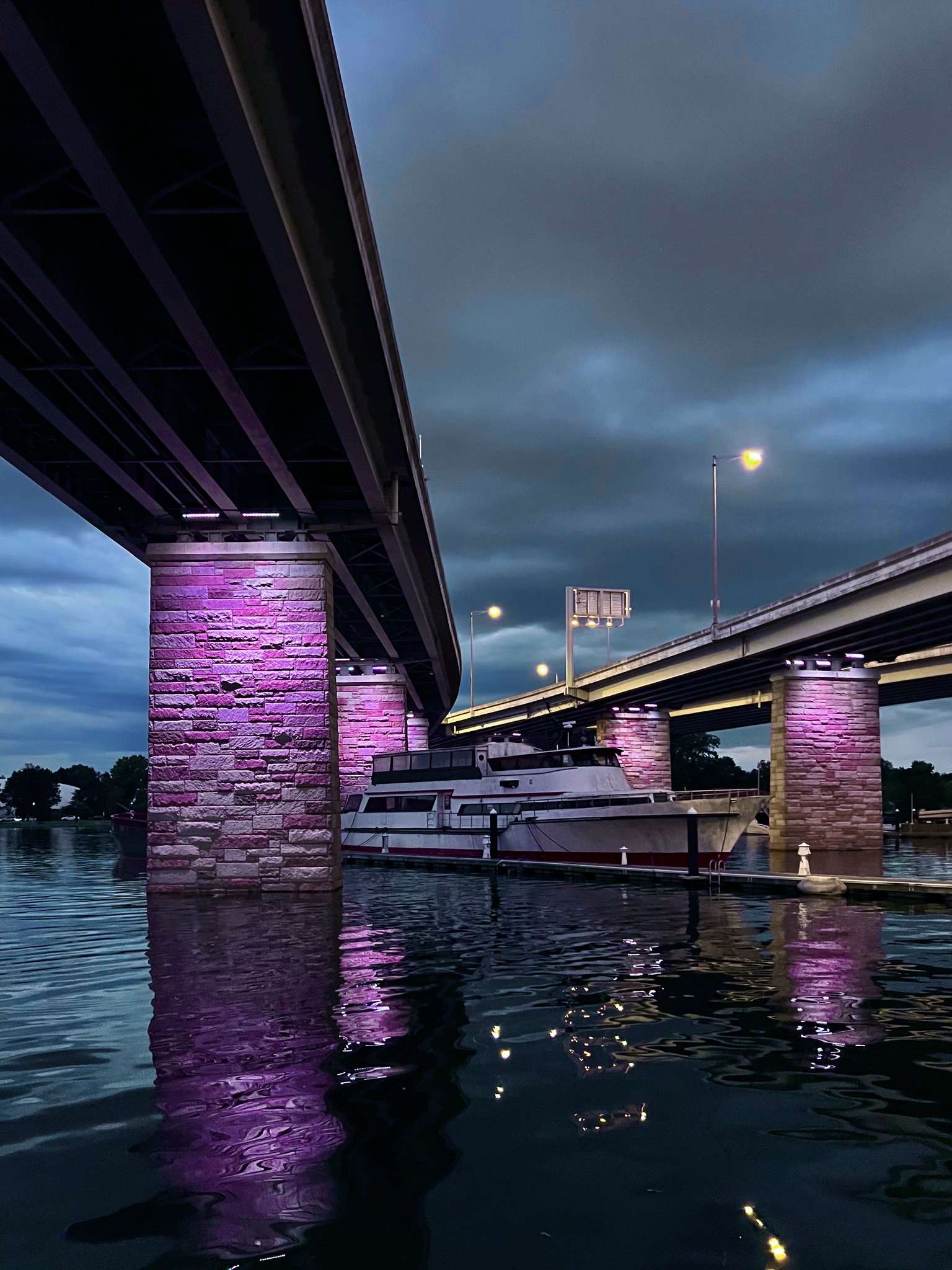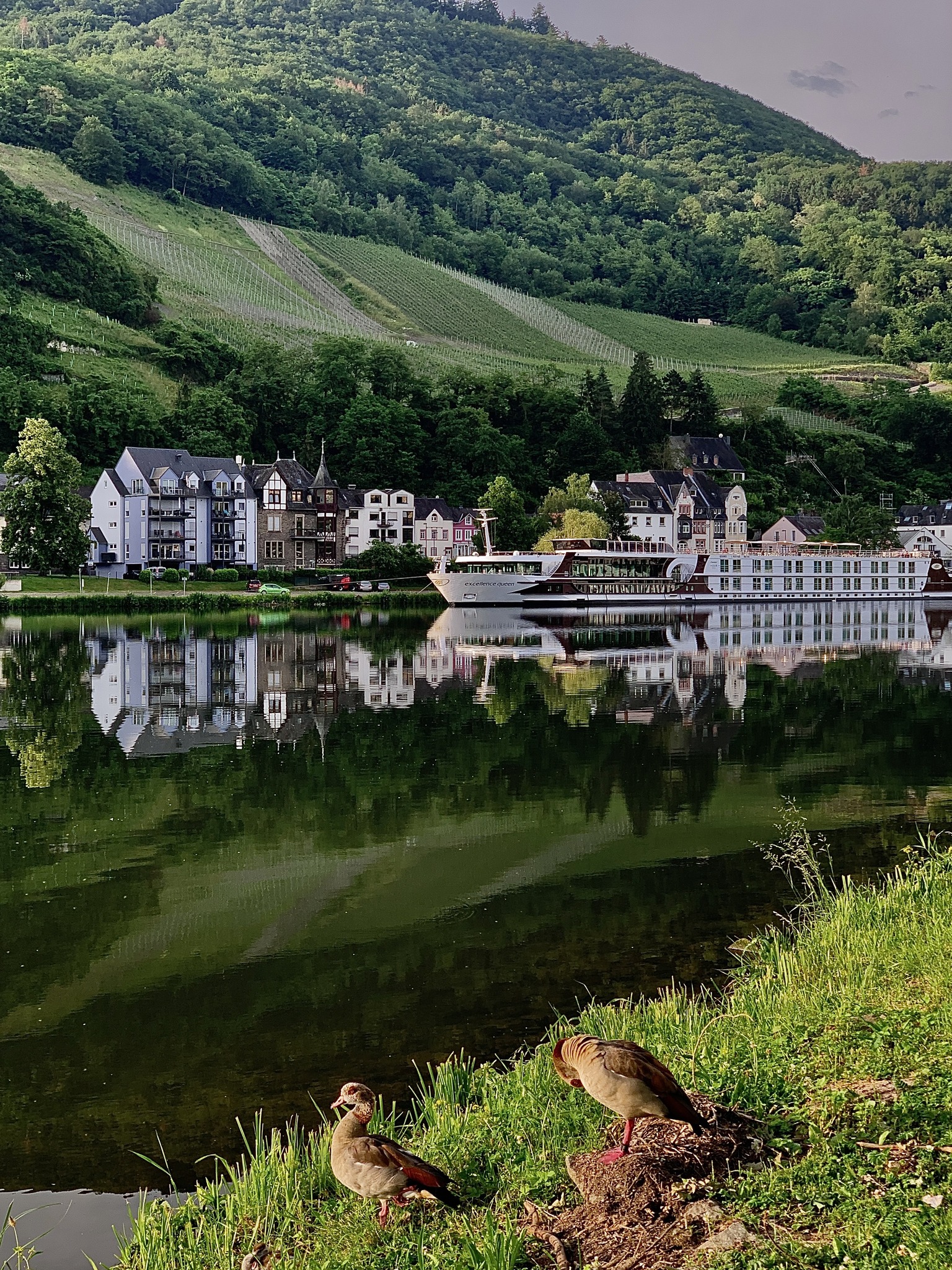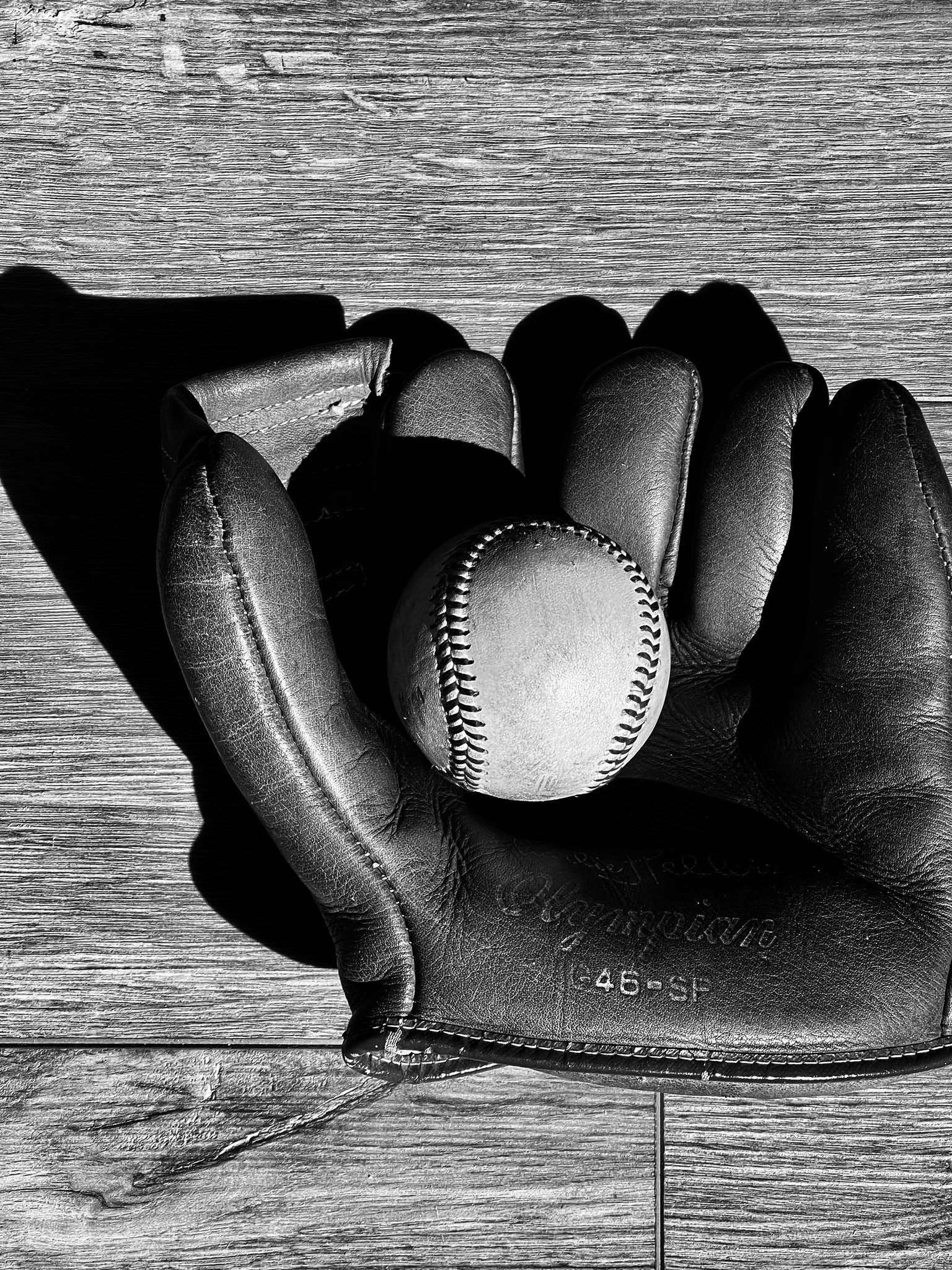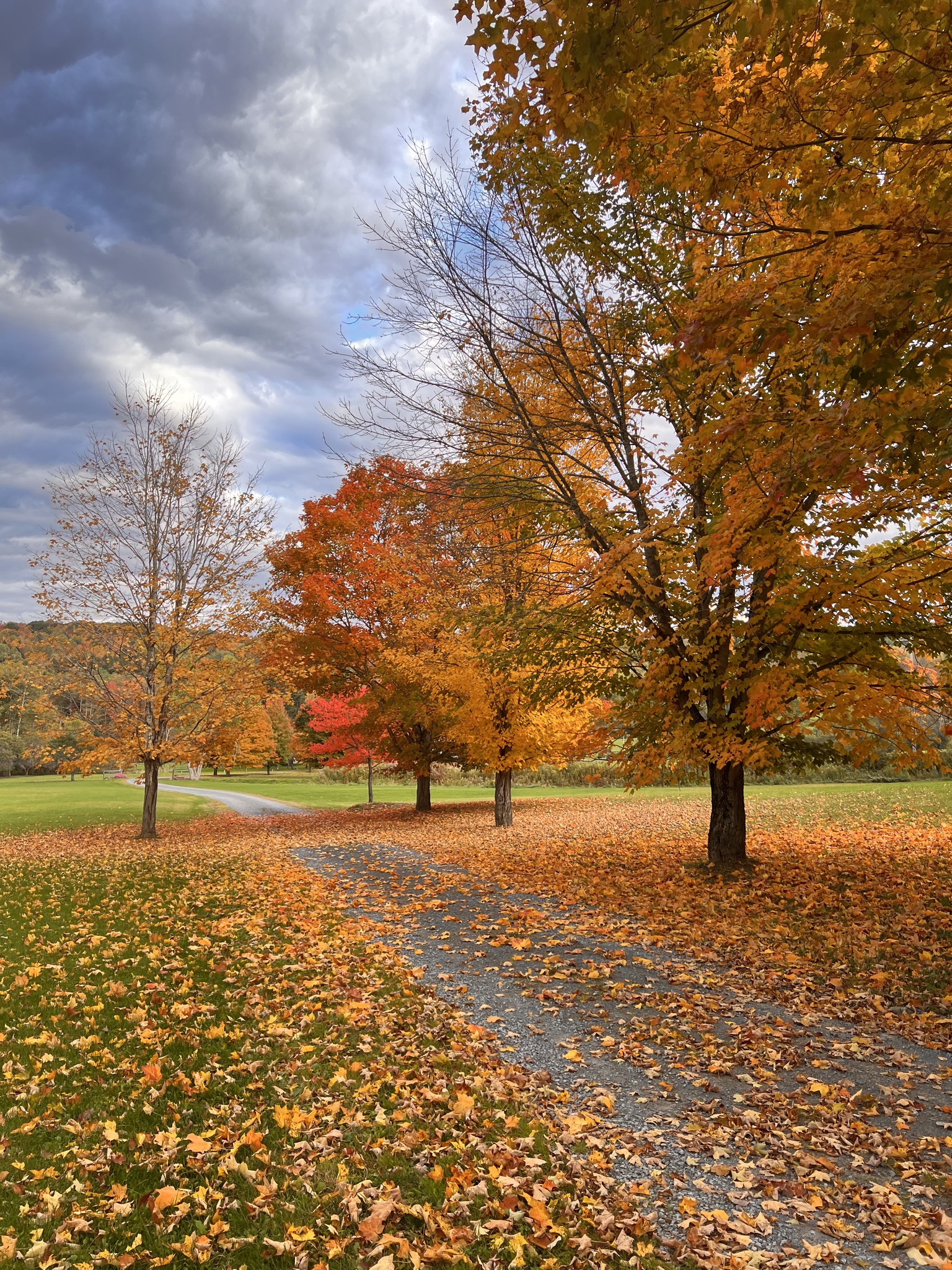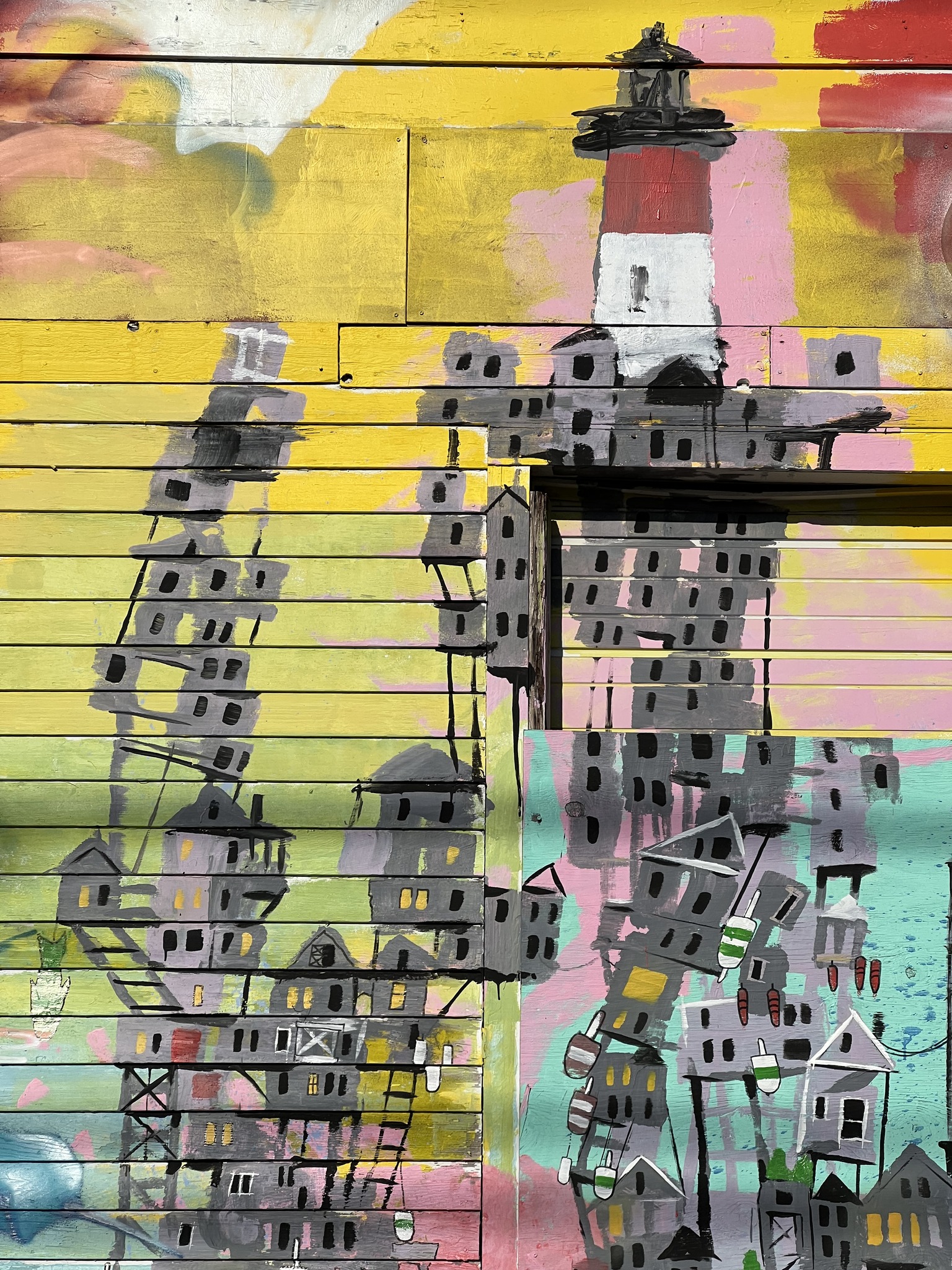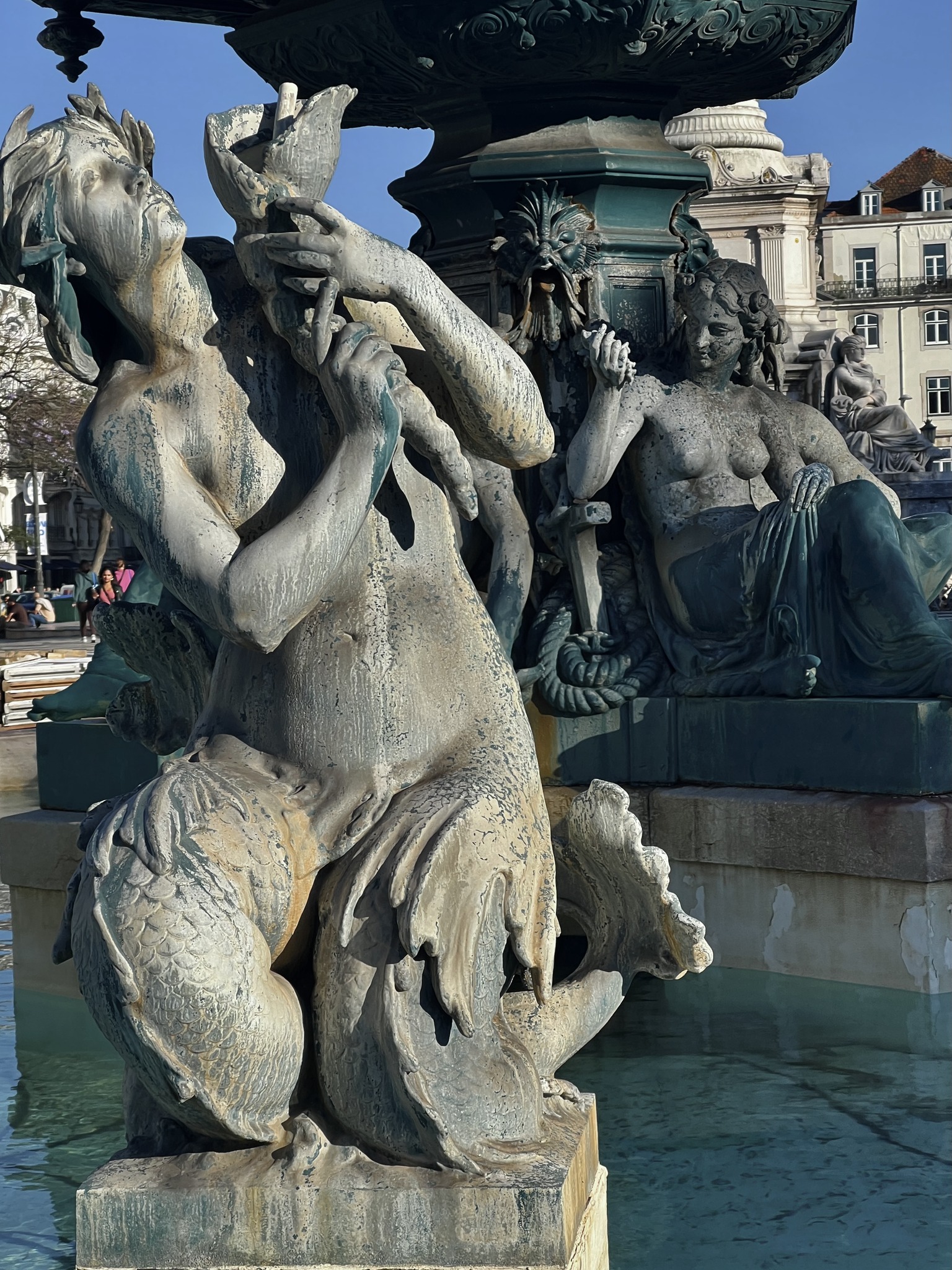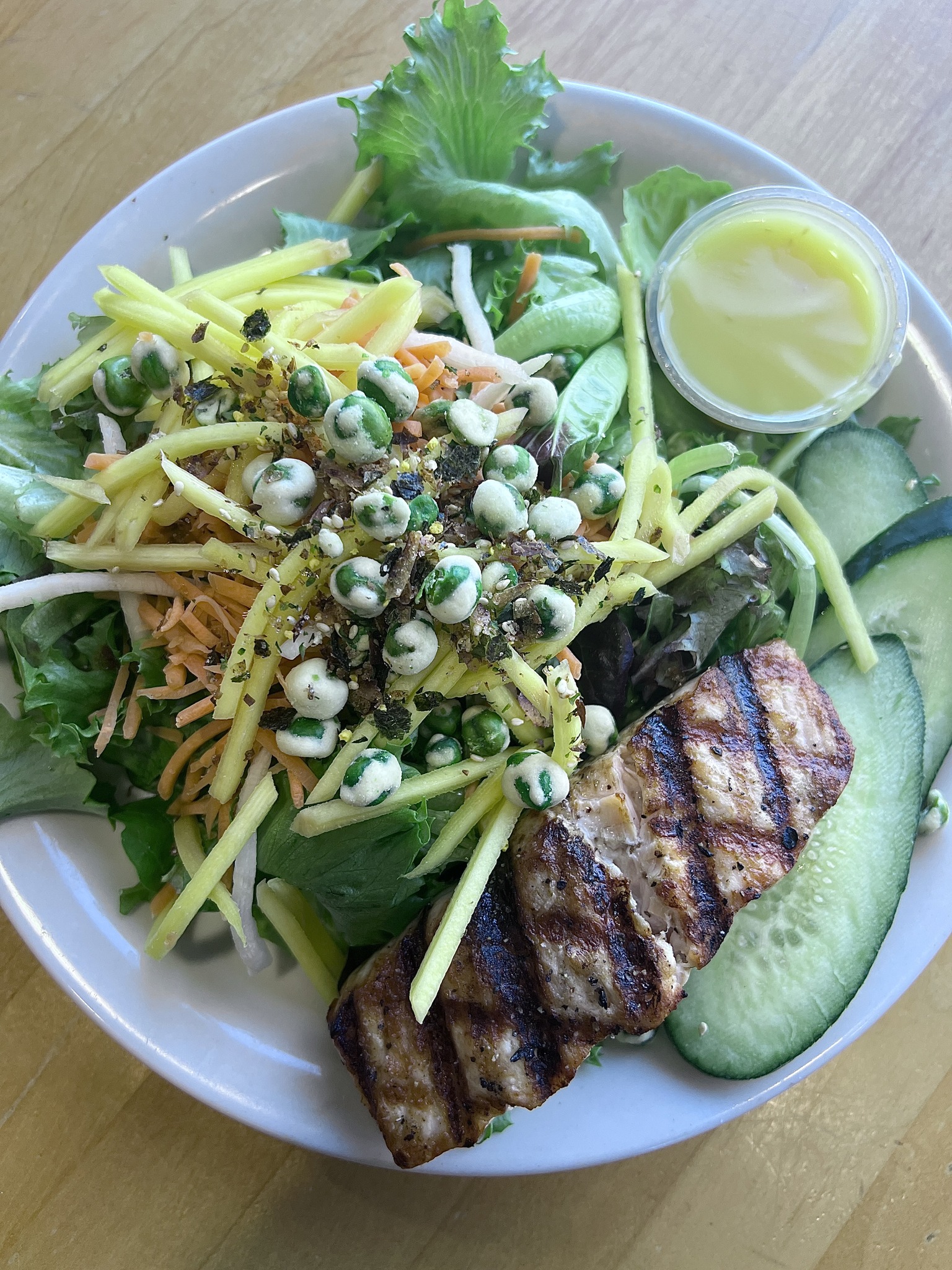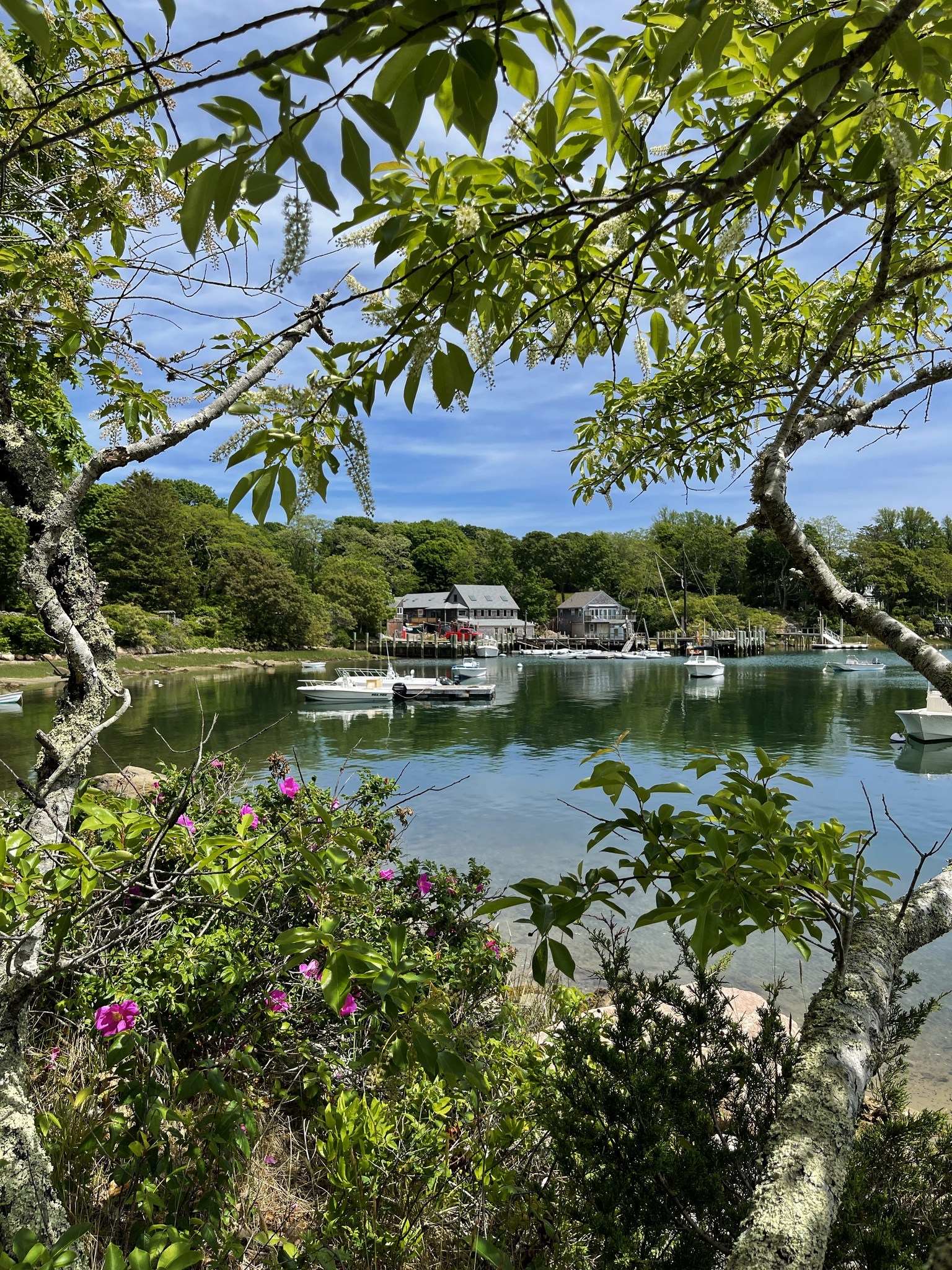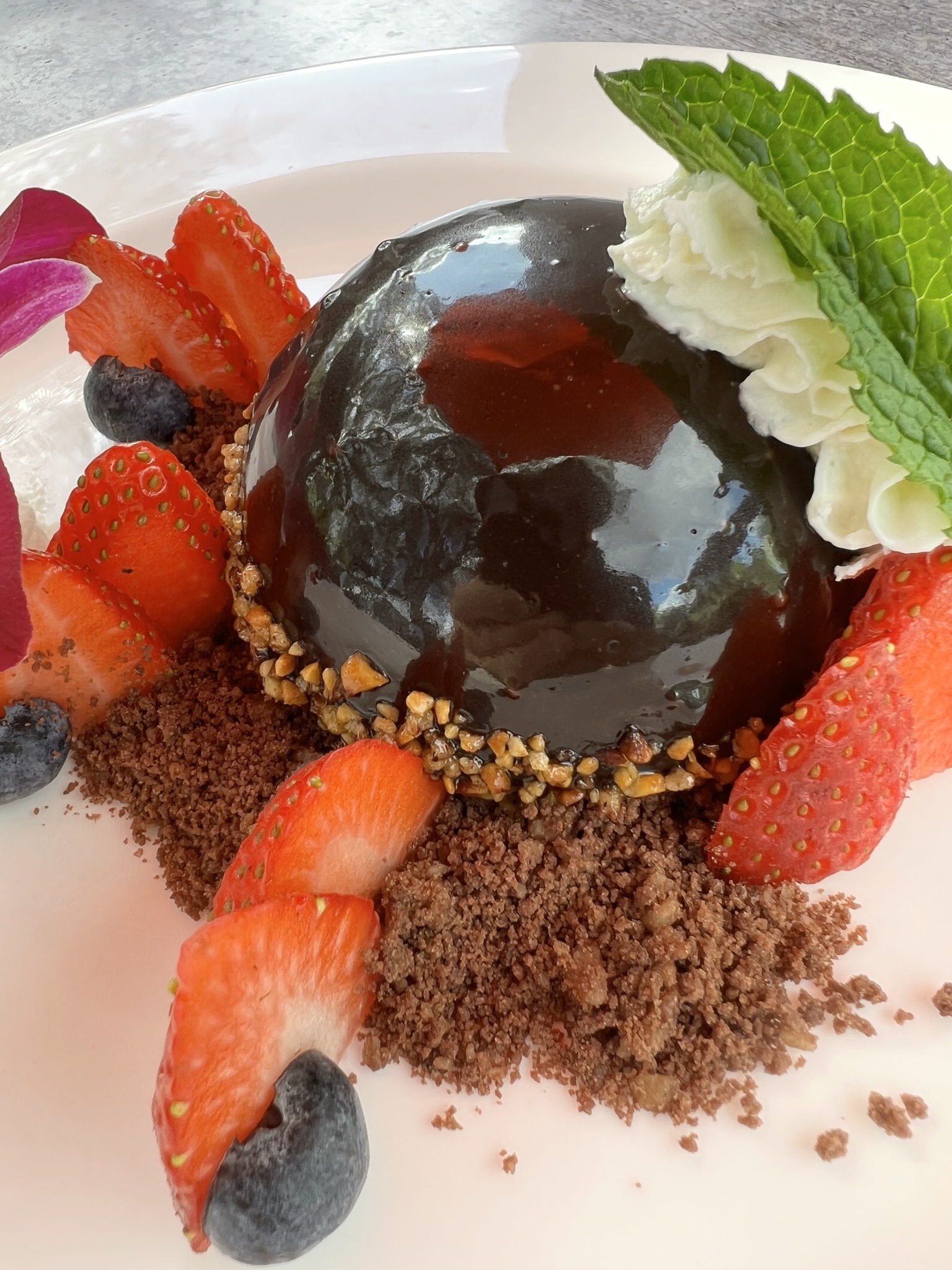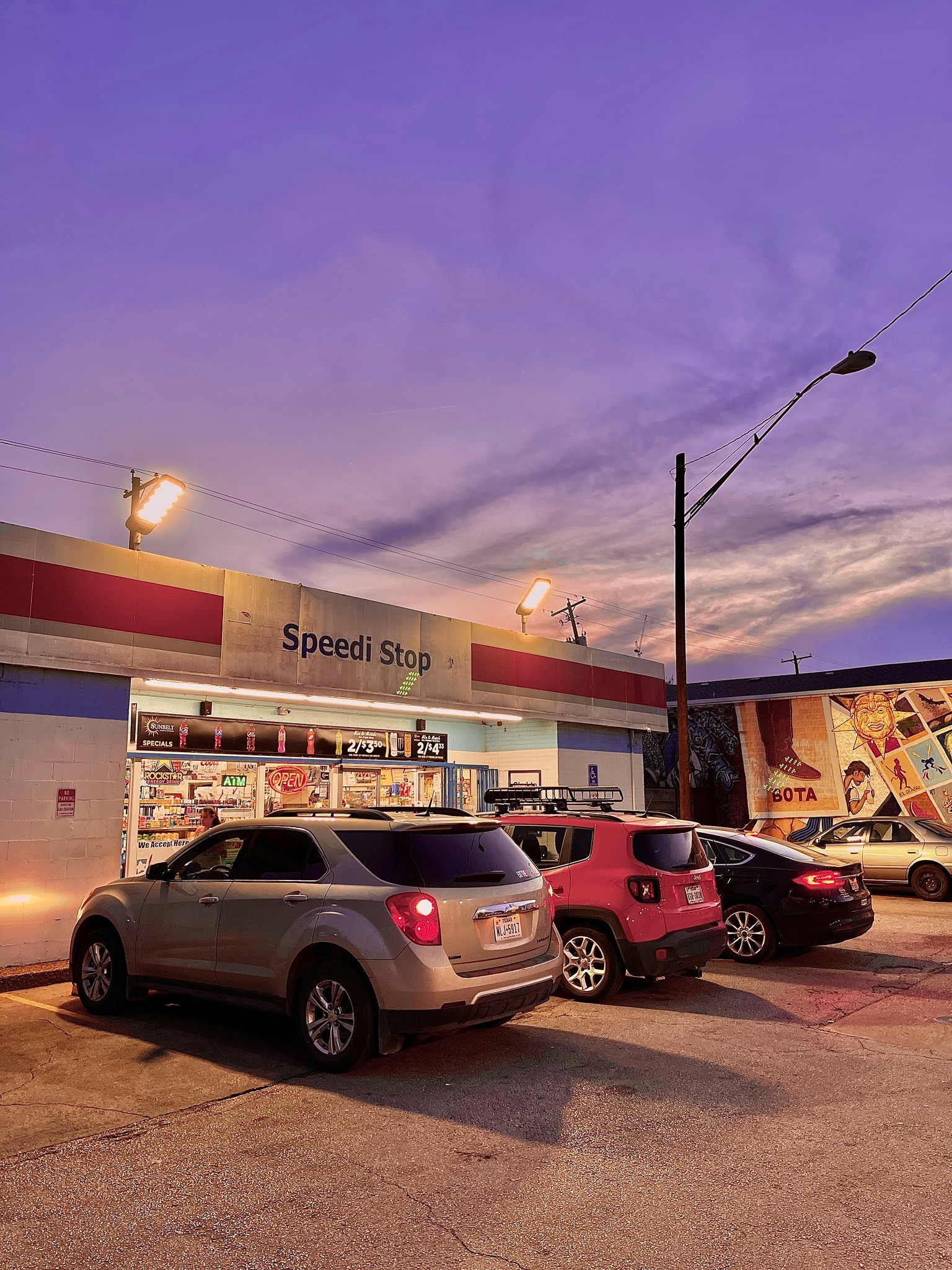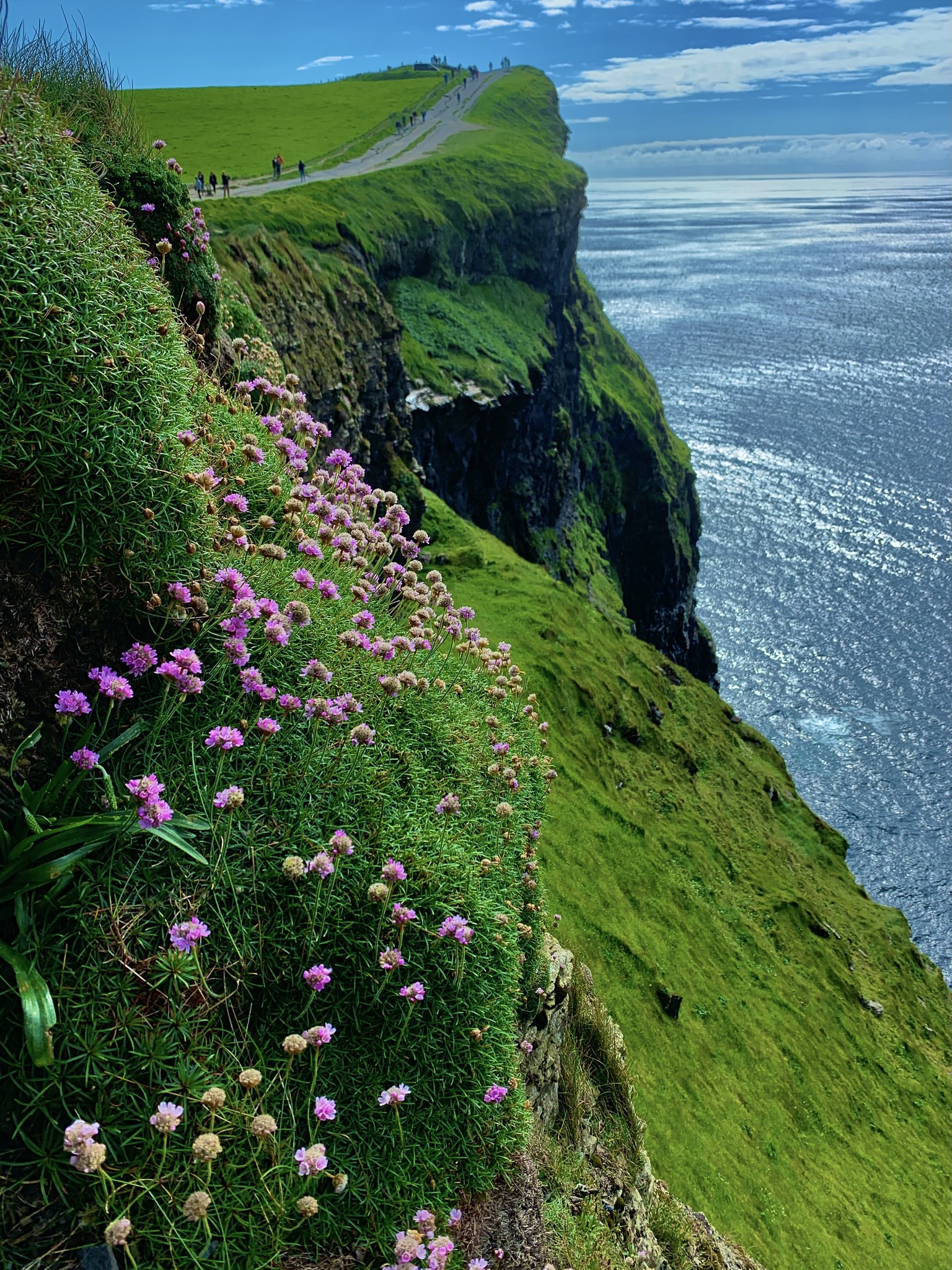Throughout my photography career—which now stretches over five decades—I’ve proudly shot with a dozen reputable camera brands: Minolta, Pentax, Nikon, Canon, Hasselblad, Mamiya, Sony. Each one played a formative role in shaping the artist I’ve become. I have a special place in my heart for every one of them. Minolta gave me my start. Hasselblad taught me discipline. Canon and Nikon helped me earn a living. Mamiya made me slow down and see. These brands aren’t just tools. They’re time capsules. Memory triggers. Emotional landmarks.
But here’s the thing.
As great—and as important—as cameras are, I’ve come to believe something more enduring. Something that no spec sheet, lens chart, or gear review can touch:
Remarkable photos are made with glands, not brands.
I don’t mean that in a cheeky or dismissive way. I’m not here to trash the tools. I love tools. I’ve lived my whole life wrapped in leather camera straps, gear bags, and sensor cloths. I geek out like anyone else. But if there’s one truth I’ve seen play out time and time again, it’s that the photos we remember—the ones that grab us by the collar and shake us awake—are almost always born from something visceral.
Not technical. Not tactical. But emotional.
It’s what we feel when we press the shutter that matters most.
Think about the photographs that haunt you—in the best way. The ones burned into your memory, even decades later. Chances are, they’re not the sharpest photos you’ve ever taken. Or the most perfectly exposed. Or the ones with the most expensive camera behind them.
They’re the ones that hold a story. A sigh. A scar.
They’re the ones where the light hit just right and the world stopped spinning for a second.
They’re the ones that feel more like prayers than pictures.
I remember once, on a dusty road in Rajasthan, I lifted my camera to photograph an elderly woman seated in the shadow of a crumbling temple wall. Her hands were folded. Her eyes closed. I didn’t even know why I raised my camera at first—it was instinctual. Something in her presence called me. I took the photo without even adjusting settings. When I looked at the image later, it wasn’t sharp. The shadows were heavy. There was no “wow” factor.
But dammit… that photo still chokes me up.
Why? Because I wasn’t shooting with a camera.
I was shooting with my gut. With my glands.
That’s the thing no one tells you. Great photography isn’t just visual. It’s chemical. It’s somatic. It’s something you feel in your chest before it ever appears on your screen.
And you can’t buy that.
You can’t download it. You can’t unbox it. You can’t attach it to a $2,000 lens.
You cultivate it.
You tune in.
You care.
Emotion is the most underutilized setting in photography. And there’s no app for it.
Listen, I know how easy it is to get caught in the gear spiral. Especially today. Every new phone, every new mirrorless body promises to make your photography better. Sharper. Cleaner. Bigger files. Better low light. And hey, I get it. I shoot exclusively with iPhones now, and I’m blown away by what these devices can do. But even now, with all that power in my pocket, I remind myself:
It’s not the tool that sees.
It’s the photographer.
And the best part of the photographer isn’t the eye.
It’s the heart.
The camera records what’s in front of you.
But your glands?
They record what’s inside you.
When I shoot, I try to stay present enough to feel what I’m seeing. I ask myself: What’s the mood here? What’s the subtext? Is there sadness behind that smile? Is this light gentle, or is it harsh? I tune in. Not just to the frame—but to the frequency.
Sometimes that means putting the camera down.
Sometimes it means shooting through tears.
Sometimes it means making a photo that technically sucks—but emotionally sings.
So here’s my ask, if you’ve read this far:
Next time you go out to shoot, try forgetting about the camera brand in your hand. Don’t worry about what gear you’re using or what settings you’ve dialed in. Instead, ask yourself: What am I feeling right now? And how can I photograph from that place?
Because when you do that, something shifts. Something opens.
And the image that results?
It may not win awards.
But it’ll win hearts.
And at the end of the day, that’s what we’re here for.
Not megapixels.
Not likes.
Not perfection.
We’re here to make emotional photographs that remind us we’re human.
Because memorable photos?
They don’t come from the head.
They come from the glands.
Click.
Jack.
